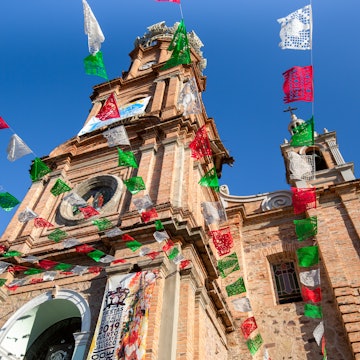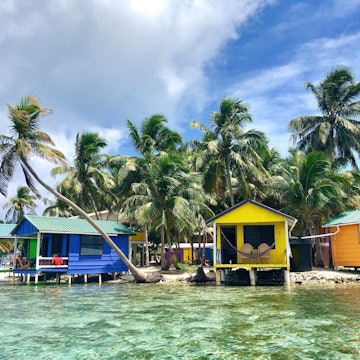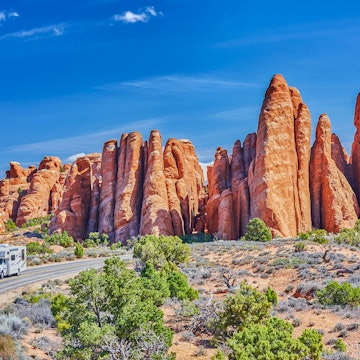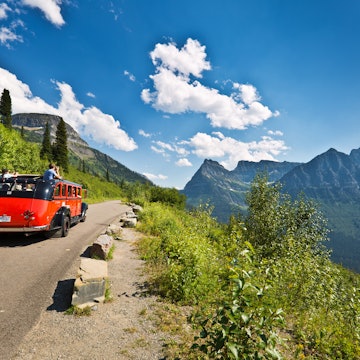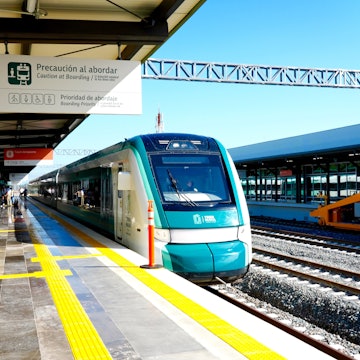

Train station in Divisadero, Chihuahua, Mexico. Alex Borderline/Shutterstock
Even if you’ve been to Mexico before, chances are you have yet to experience its passenger rail network. The country isn’t known for train travel, certainly not the way Europe is, but it does have a small yet ambitious network that’s rapidly expanding with scenic routes worth adding to your itinerary.
Historically, Mexico’s rail system went through its Golden Age during the dictatorship of Porfirio Díaz (1876-1911), when the network grew significantly as part of his modernization agenda. Thousands of miles of track were laid connecting major cities and ports, largely funded by foreign investment. Gradually, they fell into disrepair following the Mexican Revolution as the government prioritized highway development and bus transportation.
Train travel in Mexico is not about speed, it’s more about the experience in itself – looking at you, Tequila – but it can also be about convenience. What Mexico’s passenger rail network lacks in size, it makes up for in scenery and cultural immersion. In the north, El Chepe crosses canyons and weaves through the expansive Sierra Madre mountains, while further south, the newly opened Tren Maya traverses the jungle connecting less explored destinations across the Yucatán Peninsula.
With several new routes in the works, train travel in Mexico may soon become part of your plans for getting around the country.
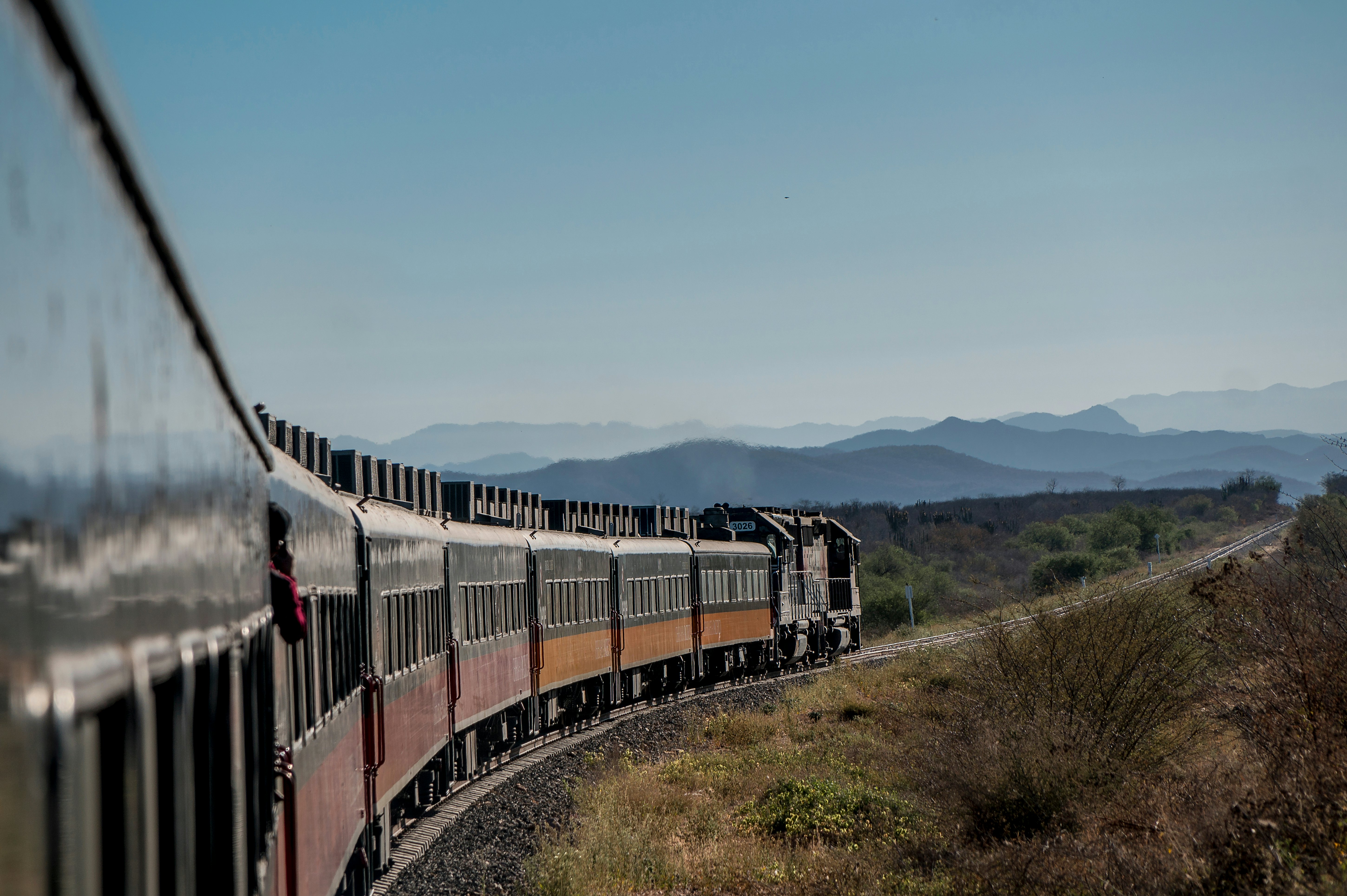
El Chepe
Route: Chihuahua to Los Mochis
Distance: ~655 km / 407 miles
Duration: 9–16 hours
El Chepe cuts through Mexico's mighty Copper Canyon and winds through Rarámuri territory, an Indigenous community known for their extraordinary running skills. Operating since the 1960s, this engineering feat is the longest-running passenger train in Mexico. Onboard, you’ll cross dozens of bridges and tunnels while climbing from sea level to nearly 8,000 feet, and can stop off in small towns like El Fuerte, sip wine in Cerocahui, or hop out at Divisadero just to stare down into the canyon from the edge of the platform. The scenery is spectacular – imagine six canyons collectively four times larger than the Grand Canyon, with views you simply can't access by road.
You have two options: the premium El Chepe Express or the more affordable Regional service. The Express currently runs between Los Mochis and Creel, while the Regional connects all the way to Chihuahua City. Book through chepe.mx and travel between October and April for the best weather – consider going west-to-east to catch the most mesmerizing sections in optimal daylight.

Tren Maya
Route: Cancún to Palenque (full route)
Distance: ~1550 km / 963 miles
Duration: Varies by segment
Note: Operating in phases; full route expected to open soon
Passing through lush landscapes, the Tren Maya connects ancient Maya sites with baroque cities and coastal resorts across five states. Partially operational since late 2023, this ambitious project represents Mexico's biggest transportation investment in decades, ultimately creating a 950-mile loop through the jungle. The train's sleek, modern carriages are equipped with panoramic windows that let you peek into the dense tropical forest, hidden cenotes and rural Maya villages – those typically missed by travelers sticking to the peninsula's tourist circuit.
You can choose between Tourist (standard) and Premier class, with the latter offering three-seat rows instead of four and complimentary meals. While construction continues on some sections, you can currently travel between Campeche and Cancún, with stops including the colorful architecture of Campeche, the yellow-hued streets of Izamal and the pueblo mágico of Valladolid just minutes from Chichén Itzá.
Tickets must be booked in advance through trenmaya.gob.mx. Though it's not a traditional hop-on, hop-off service, you can buy separate tickets to connect different destinations. The dry season (November-April) is the best time to travel through this region.
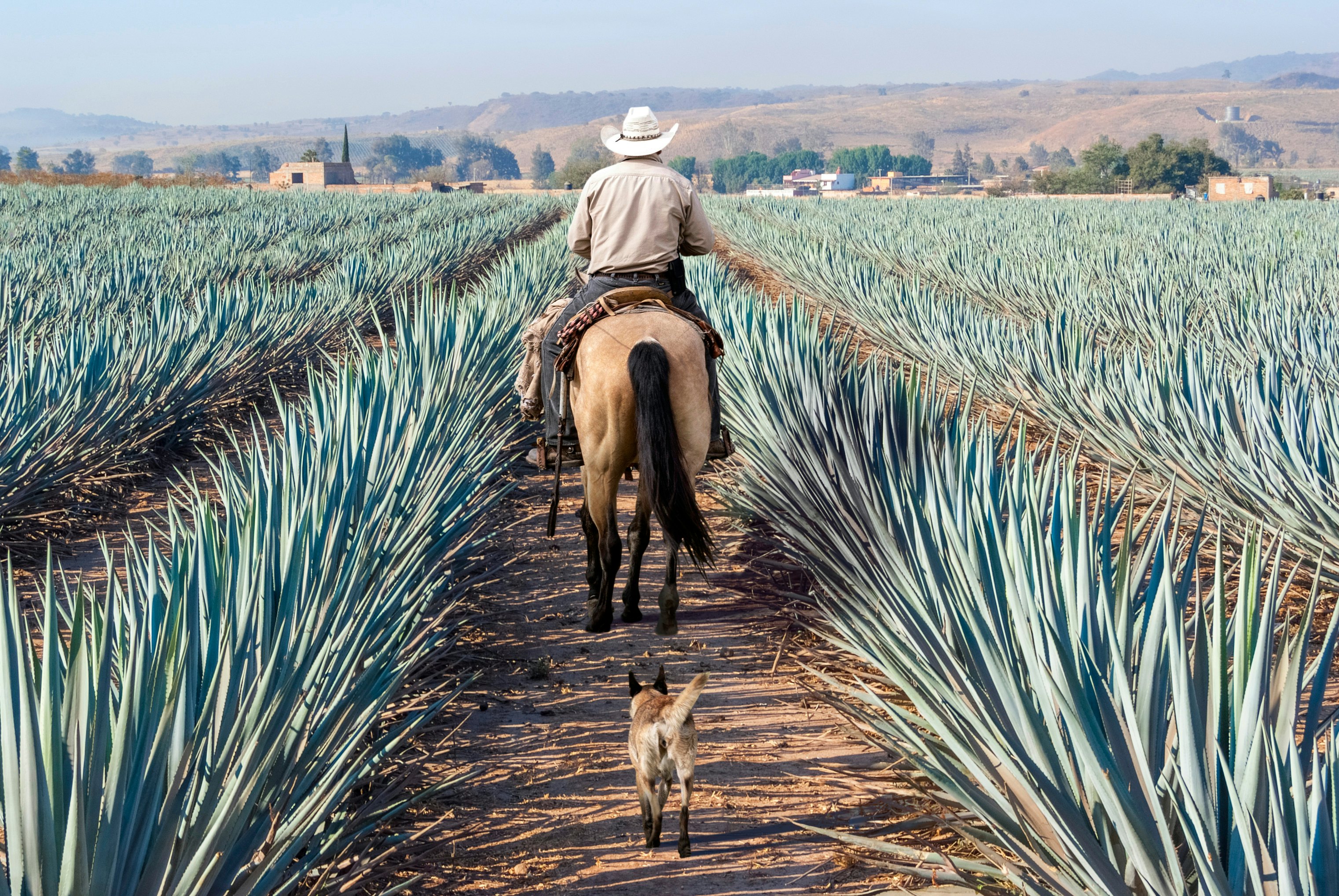
The tequila trains
Routes: Guadalajara to Tequila or Amatitán
Trains: Jose Cuervo Express and Tequila Herradura Express
Distance: ~40–70 km / 25–43 miles
Duration: ~1.5–2 hours
The Tequila trains show a different side of Mexico's rail revival – luxury day trips dedicated to the country's most famous spirit. Two different services currently run from Guadalajara into the agave-covered countryside of Jalisco – the Jose Cuervo Express and Tequila Herradura Express – each offering slightly different experiences. These are packaged excursions rather than transportation, with round-trip routes of just 34-40 miles that typically include distillery tours, tequila tastings and cultural performances.
The Jose Cuervo Express offers the most variety, with Express, Premium Plus, Diamond and Elite class tickets featuring varying levels of luxury, from comfortable seating to private lounges. As you roll through the UNESCO-listed agave landscape, you'll sample different tequilas while mariachi bands provide the soundtrack. These trains operate primarily on Saturdays, with morning departures from Guadalajara returning the same evening. Advance booking is essential through each operator's website. While not cheap, these journeys offer a seamless deep dive into tequila culture that’s hard to replicate on your own – after all, what’s the point of going on a tequila tour if you have to drive on the way back, right?

Tren Interoceánico
Route: Coatzacoalcos (Veracruz) to Salina Cruz (Oaxaca)
Distance: ~303 km / 188 miles
Duration: ~7 hours (passenger service varies)
The Tren Interoceánico traverses Mexico's narrowest point. Crossing the Isthmus of Tehuantepec from the Gulf of Mexico to the Pacific Ocean, it goes through territories few international travelers ever see. The train was launched primarily as a freight corridor to rival the Panama Canal, but this 188-mile route now offers limited passenger service between Coatzacoalcos in Veracruz and Salina Cruz in Oaxaca. Unlike Mexico's other tourist-oriented trains, this is a utilitarian service crossing through rural communities where indigenous Zapotec culture thrives and traditional dress is part of everyday life.
The 7-hour journey passes through verdant landscapes and small towns that rarely appear in guidebooks. The service currently operates on a limited schedule, primarily on weekends, and offers basic but comfortable air-conditioned carriages. Booking requires some flexibility and advance planning – tickets must be purchased through the Ferrocarril del Istmo de Tehuantepec passenger website, often with limited availability.
For adventurous travelers seeking the real Mexico, this route offers authenticity over amenities – be prepared with water, snacks and a basic grasp of Spanish to navigate an experience still finding its footing as tourism infrastructure develops along this emerging passenger corridor.

El Insurgente
Route: Zinacantepec to Lerma (with future connection to Mexico City)
Distance: ~58 km / 36 miles
Duration: ~37 minutes
Opened in late 2023, El Insurgente is a sleek commuter service connecting Zinacantepec in Mexico State with Santa Fe in Mexico City. Running across a 36-mile route that will eventually extend all the way to Observatorio station in Mexico City, it offers a glimpse into the country's future rail ambitions rather than its storied past. While it lacks the scenery or cultural immersion of Mexico's tourism-focused trains, El Insurgente represents something equally valuable – modern, efficient public transportation in a region notorious for its traffic congestion.
The swift 37-minute journey whisks passengers through five stations in air-conditioned comfort, with trains departing every 15 minutes during peak hours. This is pure utility – expect clean, modern carriages, but don't board expecting tequila tastings or panoramic views. No advance booking is necessary, and tickets can be purchased at station kiosks.
El Insurgente offers a traffic-free alternative to buses or driving for those in Mexico City looking to explore Toluca or the surrounding areas. The most interesting stop is likely Metepec, known for its artisanal crafts and tree of life sculptures. When the full route to Mexico City is completed (expected in late 2025), this railway will transform from local convenience to essential traveler infrastructure.
The future of train travel in Mexico
Mexico's rail renaissance is just beginning. With plans announced for more than a dozen new passenger routes and 1,850 miles of proposed track, train travel may soon become central to exploring the country again. The ambitious first phase includes high-speed connections between Mexico City and Querétaro, extensions to Puebla and Veracruz and northern routes linking Monterrey with the U.S. border.
If these plans materialize, they could transform how both locals and visitors navigate Mexico. Imagine hopping on a morning train to Puebla for a chile en nogada (poblano pepper stuffed with minced meat available seasonally), then heading back in time for cocktails in the capital. Beyond convenience, these new routes would open up regions that currently see few international visitors. For a country with such a rich railway history, making trains part of everyday life in Mexico again feels like a welcome shift.












